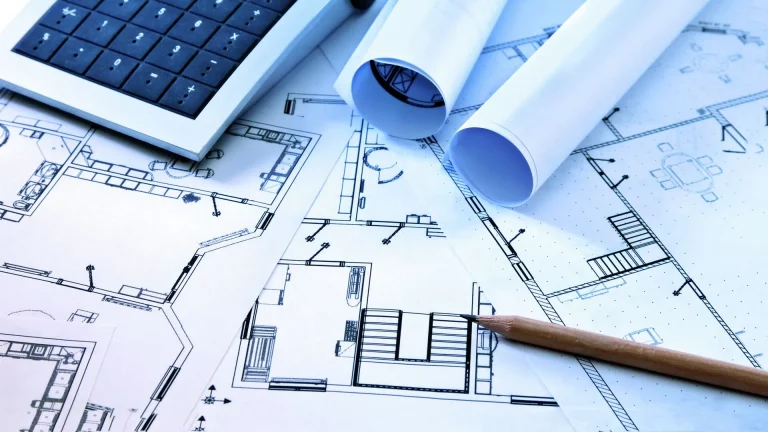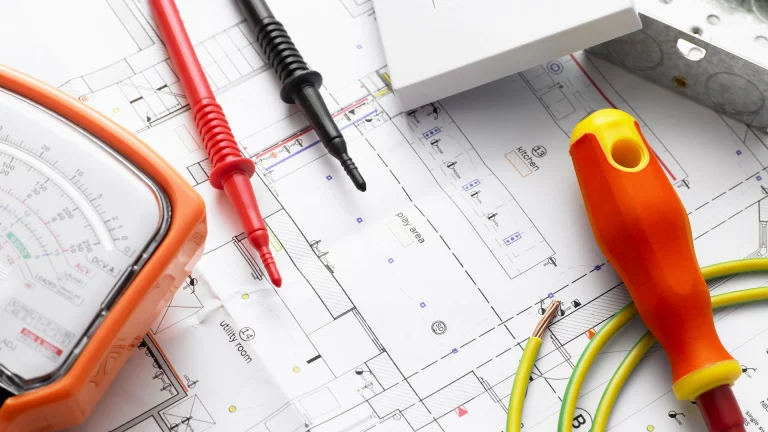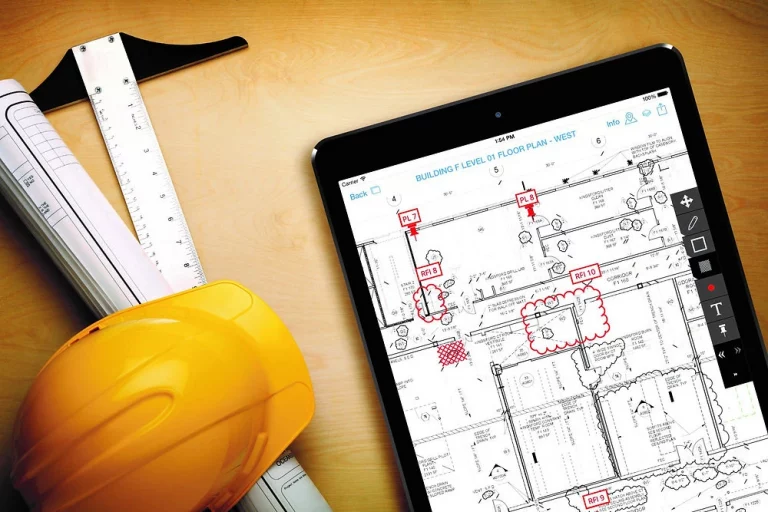Construction Takeoff vs Estimate: Which Do You Need?
Ever thought about the Difference between Takeoff and Estimate? Well, they are both linked to construction, but they are completely different from each other.
This article will examine the differences between these two terms and their importance. By the end of this article, you will be able to differentiate between these two easily.
FOLLOW THIS GUIDE TO LEARN ABOUT TAKEOFF AND ESTIMATION, AND FIND OUT HOW ESSENTIAL THEY ARE IN CONSTRUCTION.
Key Differences Between Takeoff and Estimate
We will begin by discussing the key differences. But first, know that these two go together to give accurate cost projections. So, let’s start!
What’s the Objective?
A takeoff’s purpose is to quantify how many materials are required for a construction project. In simple terms, you have to count how many bricks, concrete, wood, glass, and other elements are needed. Moreover, for a takeoff to be precise, measurements are crucial. Thus, ensure that you have accurate measurements.
Contrarily, an estimate is a broader term in which a takeoff is also included. Its objective is to estimate the entire cost of a project, including materials, labor, and equipment.
- Takeoff = How much material you need.
- Estimate = How much the entire project will cost.
A modern takeoff may also include preliminary labor hours, equipment needs, or productivity rates in addition to material counts, depending on the level of detail required.
This means that if a takeoff tells you about how much material a project needs, then an estimate will tell you how much finances will be sufficient to complete a project.
What’s the Scope?
The scope of a takeoff is narrow, as it only focuses on the material quantity. For instance, working on a framing project, our specialized blueprint takeoff services will tell you precisely how much lumber you will need to adequately finish the project.
In contrast, an estimate’s scope is much broader. Because an estimate covers all the costs, remotely related to a construction project. For example, an estimate will also include the post-construction cost of cleaning.
In addition, estimates often account for contingencies, profit margins, overhead, and price escalations, essential elements to ensure financial accuracy in today’s construction market.
What is the Complexity Level?
On the one hand, the takeoff process is relatively simpler. The reason behind this is that in a takeoff, you only have to deal with materials calculations. In other words, you only have to measure the dimensions, such as length, width, height, and overall area of the required materials. This means that the level of complexity is not that much.
On the other hand, an estimate is a complex process. To create an estimate, you have to consider various factors, some of which are related to resources and others are related to the construction market. This also means that for larger projects, you might have to acquire the services of a professional Construction Estimating Company.
| Factor | Takeoff | Estimate |
|---|---|---|
| Focus | Materials only | Total project costs |
| Complexity | Low | High |
| Who Uses It? | Subcontractors, estimators | Contractors, owners, project managers |
| Tools Used | On-Screen Takeoff, PlanSwift | ProEst, Sage Estimating, RS Means |
What Technology is Used?
Takeoffs can usually be done manually as well as digitally. With manual takeoffs, they are time-consuming, and the probability of accuracy is also lower. Unlike manual takeoffs, a digital takeoff is always preferred by professionals for enhanced accuracy and nearly less chances of errors. The most well-known digital tool for a takeoff in construction is On-Screen Takeoff.
Whereas an estimate, it is wise to obtain estimating software. They offer a bunch of features that help in making the estimation process quicker and more accurate. Especially for larger projects, professionals use various estimating software that makes the process more seamless and less prone to errors. Some well-known software is as follows:
- PlanSwift
- Bluebeam
- Stack
- ConEst
- Quest Estimating
- Trimble
- Fast Duct
- Fast Pipe
- RS Means
Many of these tools now use AI and cloud-based technology to improve collaboration and forecasting accuracy.
Where is it used?
A takeoff is usually used when you have to figure out how much material is required to complete a project on time. Let’s say that you are starting a residential project, a takeoff will be done to calculate how much material like lumber, concrete, steel, bricks, glass, cement, tiles, and other relevant elements are required.
An estimate is used when you want to know the total cost of a project. You will add up all the costs, including materials, labor, equipment, permits, fuel, and other overhead costs. Adding up all direct and indirect costs will give you an estimate of how much budget you need to finish a project.
In practice, general contractors often require both takeoffs and estimates when bidding, while subcontractors may only need a takeoff if pricing structures are already provided. Homeowners, on the other hand, may simply request an estimate for budgeting without needing the technical details of a takeoff.
Takeoff & Estimate – Explained Together!
Do takeoffs and estimates work together? Although they differ in so many aspects, they are both connected in one way or another. In other words, they collectively work for a successful construction project.
Building on the above, it can be said that in construction, among the chain of processes, a takeoff comes first and is covered by the broader estimation process. This means that when a quantity takeoff is completed, the estimation process will take over. It can also be said that one might be incomplete without the other!
NEED AN ACCURATE COST ESTIMATE FOR YOUR NEXT PROJECT? HIRE AN ESTIMATOR TODAY!
Final Thoughts
Summarizing all of the above, now you know the Difference Between Takeoff and Estimate. On one hand, a takeoff will tell you the required material quantity; after that, estimates will take over to devise a detailed financial plan for a construction project.
So, answering the question of what is needed for a successful construction project, you will need both of them as one supports the other.
FAQ’s
1. Why is a takeoff considered the first step in estimating?
Because without knowing the exact material quantities, it’s impossible to calculate accurate labor, equipment, or total costs. The takeoff provides the foundation for building a complete estimate.
2. Do small projects always need a full estimate?
Not always. For smaller jobs, sometimes just a material takeoff is enough, especially if labor and equipment costs are already standardized.
3. Who benefits most from a detailed estimate?
General contractors and project owners benefit the most, as estimates give them a realistic financial roadmap and help in securing accurate bids or budgets.
4. Can technology replace manual takeoffs completely?
Yes, in most cases. Digital tools and AI-driven software now deliver more accurate and faster results than manual methods, while reducing the chance of human error.
5. How do takeoffs and estimates work together in real projects?
The takeoff determines the “what and how much,” while the estimate explains “how much it will cost.” Both together ensure that a project is planned with precision and executed within budget.







